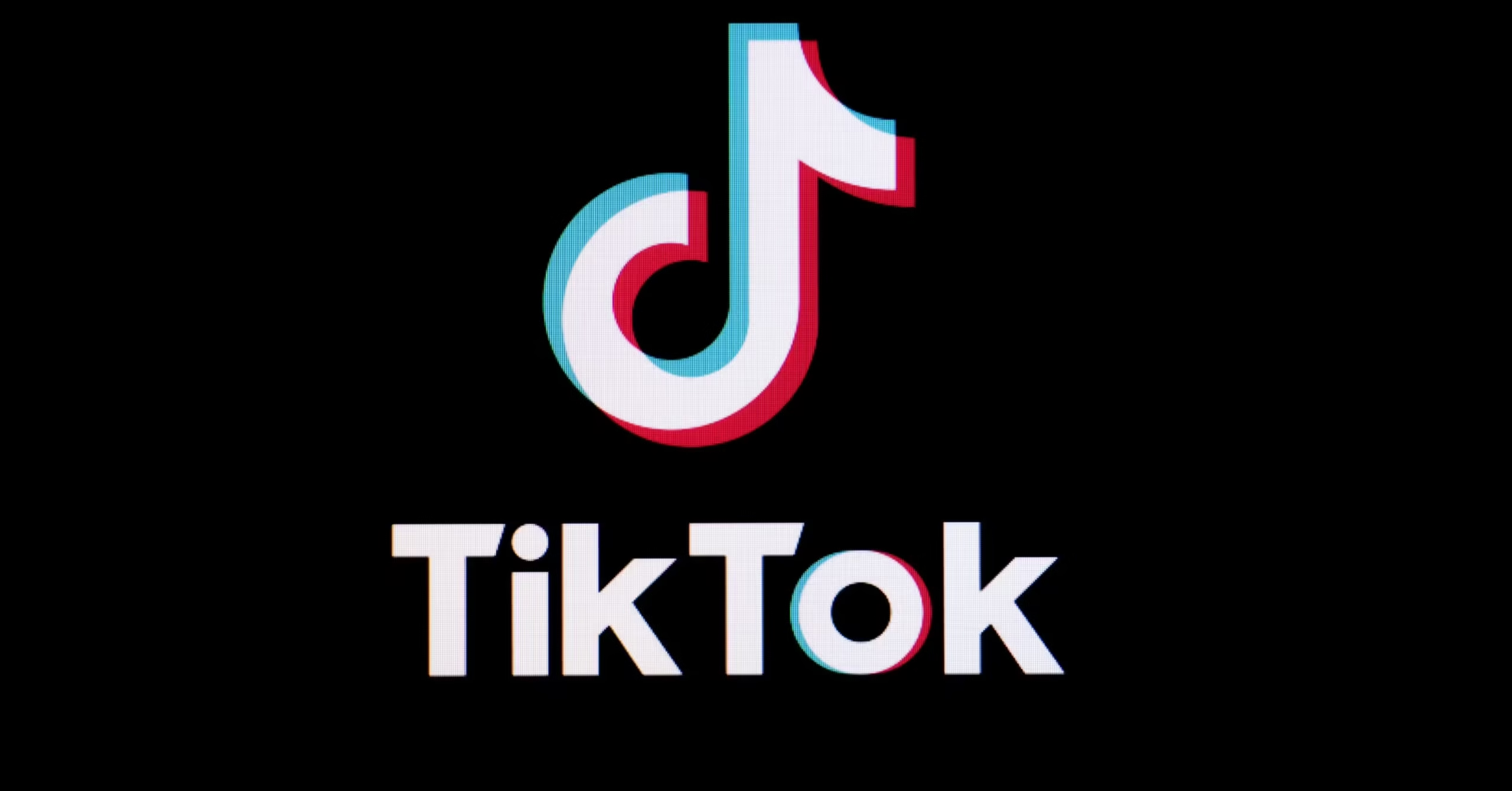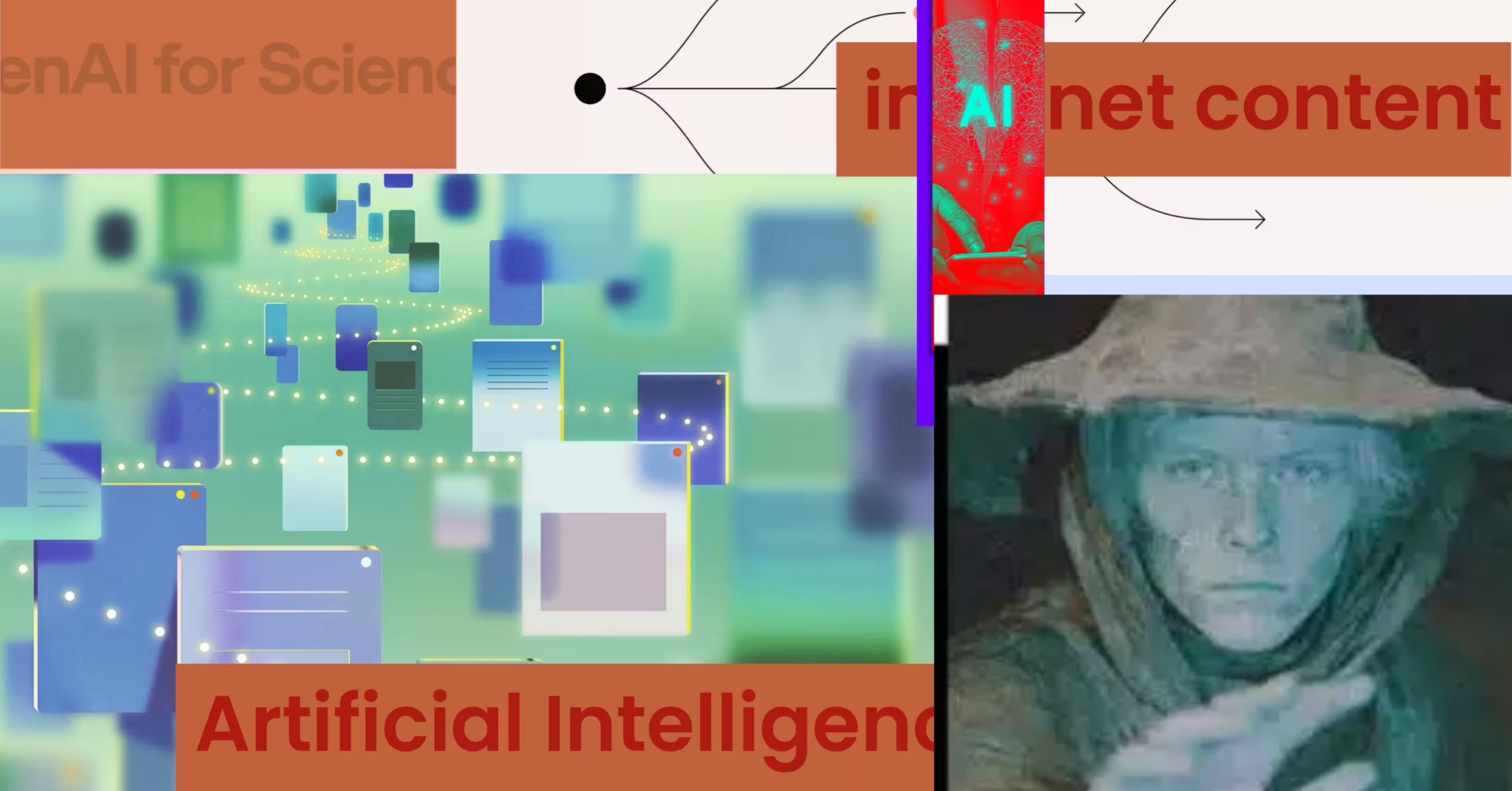Open TikTok for “just a quick check,” and the next thing you know, your tea is cold, your tasks are waiting, and 40 minutes have vanished into thin air.
That’s not an accident.
TikTok is powered by one of the world’s most advanced behavioral prediction systems—an engine that studies you with microscopic precision and delivers content so personalized that it feels like mind-reading.
But what exactly makes TikTok’s algorithm so powerful?
Why does it outperform YouTube, Instagram, and even Netflix in keeping users locked in?
Let’s decode the system beneath the scroll.
TikTok’s Real Superpower: Watching How You Watch
You can lie about what you say you like. But you cannot lie about what you watch.
TikTok’s algorithm isn’t dependent on:
- likes
- follows
- subscriptions
- search terms
Instead, it focuses on something far more revealing:
Your micro-behaviors.
The app tracks:
- how long you stay on each video
- which parts you rewatch
- how quickly you scroll past boring content
- when you tilt your phone
- pauses that last more than a second
- comments you hovered over
- how your behavior shifts with your mood or time of day
These subtle signals create a behavioral fingerprint.
TikTok doesn’t wait for you to curate your feed. It builds it for you—instantly.
The Feedback Loop That Learns You—Fast
Most recommendation systems adjust slowly over days or weeks.
TikTok adjusts every few seconds.
Your feed begins shifting within:
- 3–5 videos (initial interest detection)
- 10–20 videos (pattern confirmation)
- 1–2 sessions (personality mapping)
This rapid adaptation creates what researchers call a compulsive feedback cycle:
You watch → TikTok learns → TikTok adjusts → you watch more → TikTok learns more.
In essence, the app becomes better at predicting your attention than you are at controlling it.
Inside TikTok’s AI Engine: The Architecture No One Sees
Let’s break down how TikTok actually decides what to show you.
a) Multi-Modal Content Analysis
Every video is dissected using machine learning:
- visual objects
- facial expressions
- scene type
- audio frequencies
- spoken words
- captions and hashtags
- creator identity
- historical performance
A single 10-second clip might generate hundreds of data features.
b) User Embedding Model
TikTok builds a mathematical profile of you:
- what mood you are usually in at night
- what topics hold your attention longer
- which genres you skip instantly
- how your interests drift week to week
This profile isn’t static—it shifts continuously, like a living model.
c) Ranking & Reinforcement Learning
The system uses a multi-stage ranking pipeline:
- Candidate Pooling
Thousands of potential videos selected. - Pre-Ranking
Quick ML filters down the list. - Deep Ranking
The heaviest model picks the top few. - Real-Time Reinforcement
Your reactions shape the next batch instantly.
This is why your feed feels custom-coded.
Because it basically is.
The Psychological Design Behind the Addiction
TikTok is engineered with principles borrowed from:
- behavioral economics
- stimulus-response conditioning
- casino psychology
- attention theory
- neurodopamine modeling
Here are the design elements that make it so sticky:
1. Infinite vertical scroll
No thinking, no decisions—just swipe.
2. Short, fast content
Your brain craves novelty; TikTok delivers it in seconds.
3. Unpredictability
Every swipe might be:
- hilarious
- shocking
- emotionally deep
- aesthetically satisfying
- informational
This is the same mechanism that powers slot machines.
4. Emotional micro-triggers
TikTok quickly learns what emotion keeps you watching the longest—and amplifies that.
5. Looping videos
Perfect loops keep you longer than you realize.
Why TikTok’s Algorithm Outperforms Everyone Else’s
YouTube understands your intentions.
Instagram understands your social circle.
TikTok understands your impulses.
That is a massive competitive difference.
TikTok doesn’t need to wait for you to “pick” something. It constantly tests, measures, recalculates, and serves.
This leads to a phenomenon that researchers call identity funneling:
The app rapidly pushes you into hyper-specific niches you didn’t know you belonged to.
You start in “funny videos,”
and a few swipes later you’re deep into:
- “GymTok for beginners”
- “Quiet luxury aesthetic”
- “Malayalam comedy edits”
- “Finance motivation for 20-year-olds”
- “Ancient history story clips”
Other platforms show you what’s popular. TikTok shows you what’s predictive.
The Dark Side: When the Algorithm Starts Shaping You
TikTok is not just mirroring your interests. It can begin to bend them.
a) Interest Narrowing
Your world shrinks into micro-communities.
b) Emotional Conditioning
- Sad content → more sadness.
- Anger → more outrage.
- Nostalgia → more nostalgia.
Your mood becomes a machine target.
c) Shortened Attention Span
Millions struggle with:
- task switching
- inability to watch long videos
- difficulty reading
- impatience with silence
This isn’t accidental—it’s a byproduct of fast-stimulus loops.
d) Behavioral Influence
TikTok can change:
- your fashion
- your humor
- your political leanings
- your aspirations
- even your sleep patterns
Algorithm → repetition → identity.
Core Insights
- TikTok’s algorithm is driven primarily by watch behavior, not likes.
- It adapts faster than any other recommendation system on the internet.
- Multi-modal AI models analyze every dimension of video content.
- Reinforcement learning optimizes your feed in real time.
- UI design intentionally minimizes friction and maximizes dopamine.
- Long-term risks include attention degradation and identity shaping.
Further Studies (If You Want to Go Deeper)
For a more advanced understanding, explore:
Machine Learning Topics
- Deep Interest Networks (DIN)
- Multi-modal neural models
- Sequence modeling for user behavior
- Ranking algorithms (DR models)
- Reinforcement learning in recommender systems
Behavioral Science
- Variable reward schedules
- Habit loop formation
- Dopamine pathway activation
- Cognitive load theory
Digital Culture & Ethics
- Algorithmic manipulation
- Youth digital addiction
- Personalized media influence
- Data privacy & surveillance behavior
These are the fields that intersect to make TikTok what it is.
Final Thoughts
TikTok’s algorithm isn’t magical. It’s mathematical. But its real power lies in how acutely it understands the human mind. It learns what you respond to. Then it shapes what you see. And eventually, if you’re not careful—it may shape who you become.
TikTok didn’t just build a viral app. It built the world’s most sophisticated attention-harvesting machine.
And that’s why it feels impossible to put down.








 .
. .
.



